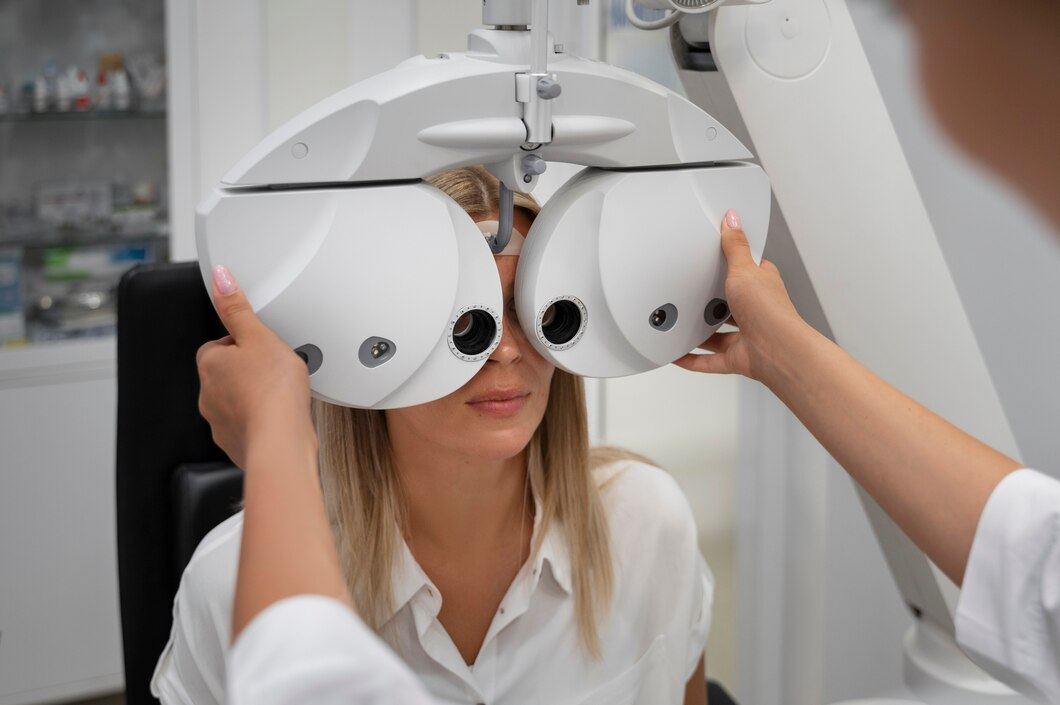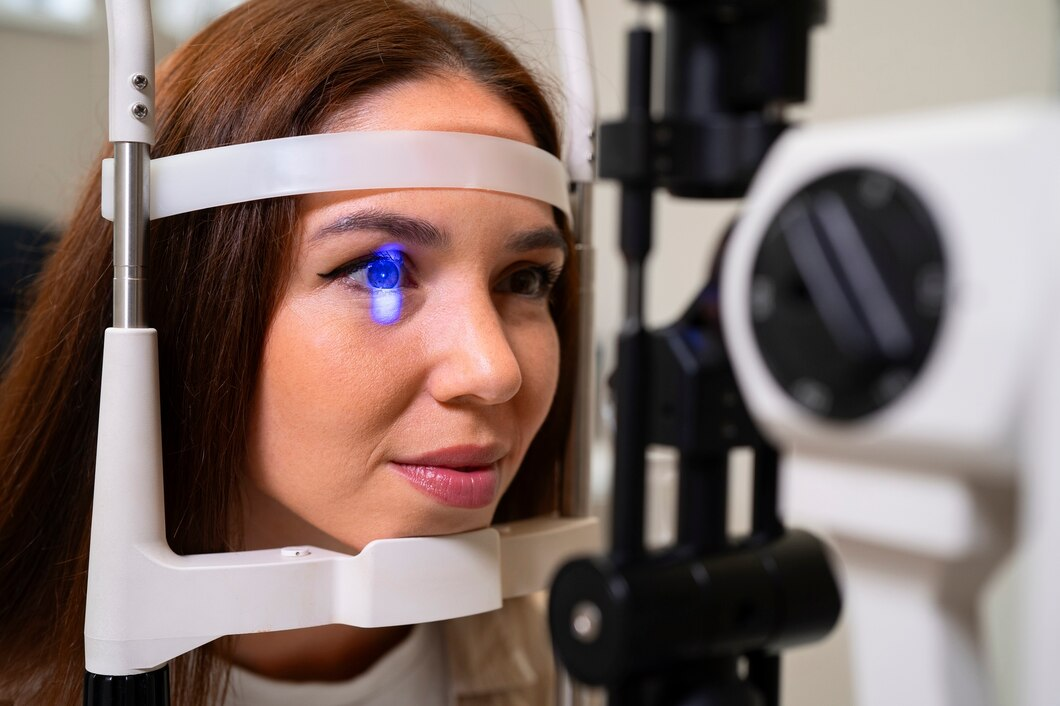
Exposure to ultraviolet (UV) radiation is a leading cause of various eye conditions, including pterygium, often referred to as “surfer’s eye.” This growth on the eye’s conjunctiva can cause discomfort, redness, and vision impairment if left untreated. Protecting your eyes from UV radiation is a critical step in maintaining eye health and preventing pterygium. For those already affected, effective pterygium treatment and procedures like LASIK eye surgery can address related vision issues.
This article highlights why UV protection is essential, how pterygium develops, and what options are available for prevention and treatment.
Understanding Pterygium and Its Causes
Pterygium is a benign, wedge-shaped growth of tissue on the conjunctiva that can extend onto the cornea. While non-cancerous, it can lead to symptoms such as:
- Persistent redness or irritation
- A sensation of having something in the eye
- Vision distortion if it encroaches on the cornea
The exact cause of pterygium is not fully understood, but excessive UV exposure is a significant risk factor. Individuals who spend prolonged periods outdoors, particularly in sunny or windy environments, are more susceptible.
How UV Radiation Contributes to Pterygium
UV radiation damages the delicate tissues of the eye, causing cellular changes that may lead to pterygium. High levels of UV exposure can also accelerate other eye conditions like cataracts and macular degeneration, making UV protection essential for overall eye health.
Tips to Protect Your Eyes from UV Radiation
Protecting your eyes from UV rays is crucial in reducing the risk of developing pterygium and other eye issues. Here are practical tips:
Wear Sunglasses with UV Protection

Invest in high-quality sunglasses that block 100% of UVA and UVB rays. Wraparound styles are ideal as they protect the eyes from peripheral sunlight. Polarised lenses can also reduce glare, providing additional comfort.
Use a Hat with a Wide Brim
A wide-brimmed hat can shield your eyes from direct sunlight, reducing UV exposure by up to 50%. Pairing a hat with sunglasses provides optimal protection during outdoor activities.
Avoid Peak Sun Hours
UV radiation is most intense between 10 a.m. and 4 p.m. If possible, limit your outdoor activities during these hours or ensure your eyes are well-protected.
Use Artificial Tears
Prolonged UV exposure can cause dryness and irritation. Using artificial tears or lubricating eye drops can help keep your eyes moist and reduce discomfort.
Prioritise UV Protection Year-Round
UV rays are present even on cloudy days, making it essential to wear eye protection regardless of the weather. Snow, water, and sand can reflect UV rays, increasing exposure.
Symptoms and Diagnosis of Pterygium
Early symptoms of pterygium include redness, itching, and dryness. As the condition progresses, the growth may become more noticeable and cause blurriness or astigmatism.
An ophthalmologist can diagnose pterygium through a routine eye examination. They may use imaging techniques to assess the growth’s size and its impact on vision.
Pterygium Treatment Options
If you develop pterygium, there are several treatment options available:
Non-Surgical Treatments
Lubricating Eye Drops
Help reduce dryness and irritation caused by the growth.
Anti-Inflammatory Medications
Corticosteroid eye drops can alleviate redness and swelling.
UV Protection
Continuing to protect your eyes from UV rays can slow the growth’s progression.
Surgical Treatment for Advanced Cases
If the pterygium begins to interfere with vision or causes significant discomfort, surgical removal may be necessary. This procedure, typically performed under local anaesthesia, involves excising the growth and may include grafting tissue to reduce the risk of recurrence.
LASIK Eye Surgery and Vision Correction

In some cases, pterygium can cause astigmatism or other refractive errors due to corneal distortion. LASIK eye surgery is an excellent option for correcting these issues. While LASIK does not treat pterygium directly, it can address vision problems caused by the growth.
When to Consider LASIK
- After pterygium removal, if vision remains affected
- For individuals seeking permanent correction of refractive errors unrelated to pterygium
Consult with an experienced ophthalmologist to determine if LASIK is appropriate for your situation.
Prevention is Better Than Cure
While treatments for pterygium are effective, prevention remains the best strategy. Consistently protecting your eyes from UV radiation can significantly reduce your risk of developing this condition.
Make UV protection a daily habit, especially if you spend a lot of time outdoors. With proper care, you can minimise your risk of pterygium and other UV-related eye conditions.
Conclusion
UV radiation is a major contributor to pterygium and other eye conditions, making eye protection essential. By wearing UV-blocking sunglasses, avoiding peak sun hours, and maintaining eye hydration, you can protect your eyes and reduce your risk.
For those already experiencing symptoms, effective pterygium treatment and advanced procedures like LASIK eye surgery can restore eye health and correct vision. Remember, prevention is always better than cure, so take proactive steps to shield your eyes and maintain optimal vision health.







